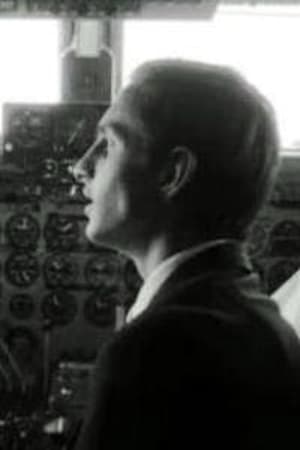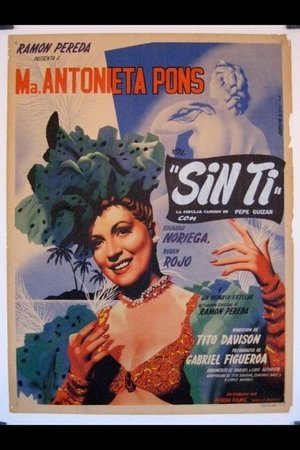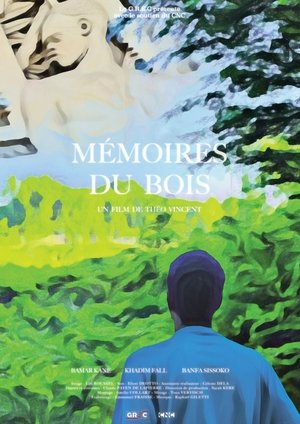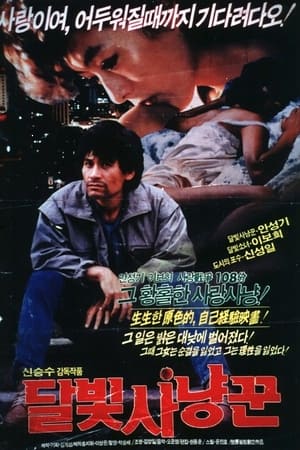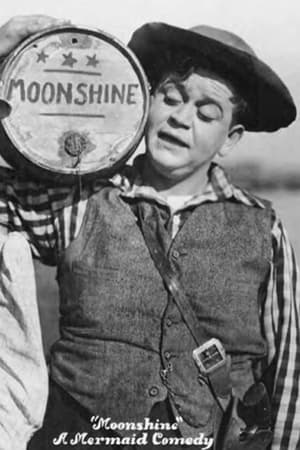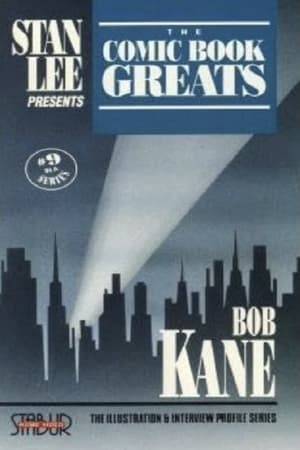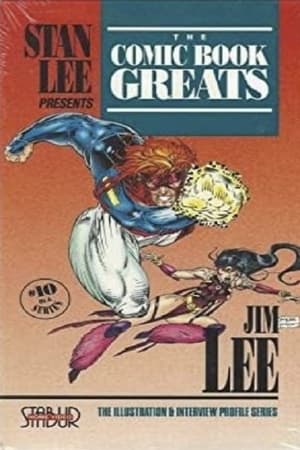
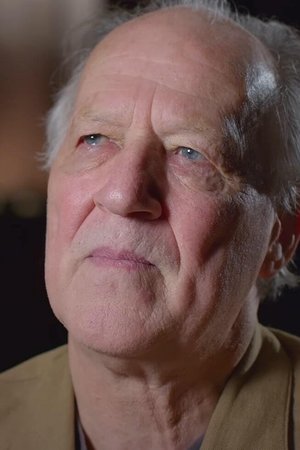
10 Questions for Werner Herzog(2012)
Interview with Werner Herzog during his visit to the Indiana University Cinema.
Movie: 10 Questions for Werner Herzog

10 Questions for Werner Herzog
HomePage
Overview
Interview with Werner Herzog during his visit to the Indiana University Cinema.
Release Date
2012-09-19
Average
9.5
Rating:
4.8 startsTagline
Genres
Languages:
EnglishKeywords
Recommendations Movies
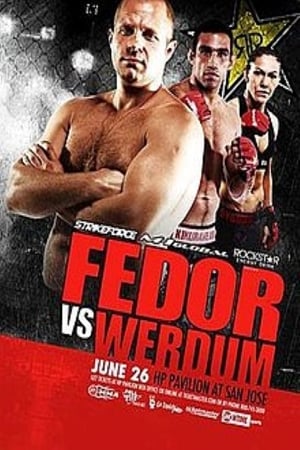 6.8
6.8Strikeforce: Fedor vs. Werdum(en)
June 26, 2010 HP Pavilion, San Jose, California, United States Josh Thomson vs. Pat Healy Cristiane Santos vs. Jan Finney Cung Le vs. Scott Smith Fabricio Werdum vs. Fedor Emelianenko
 6.0
6.0Aanchal(hi)
Hearts collide when the conniving Jaggan (Prem Chopra) convinces Kishan (Amol Palekar) that his wife, Shanti (Rakhee Gulzar), is having an affair with his brother Shambhu (Rajesh Khanna). Of course, all this is done so that Kishan will marry Jaggan's cousin Tulsi (Rekha) according to Jaggan's master plan … even though Tulsi would much rather marry Shambhu. Confused? Don't worry. So are these weary lovers!
 5.7
5.7Kenneth Anger: Film as Magical Ritual(de)
Anger discusses his Aleister Crowley-inspired theories of art: How he views his camera like a wand and how he casts his films, preferring to consider his actors, not human beings but as elemental spirits. In fact, he reveals that he goes so far as to use astrology when making these choices. This is as direct an explanation of Anger’s cinemagical modus operandi as I have ever heard him articulate anywhere. It’s a must see for anyone interested in his work and showcases the Magus of cinema at the very height of his artistic powers. Fascinating. (Dangerous Minds)
 6.0
6.0The Red Thread(en)
Mostly shot in San Francisco and Northern California, material filmed (using the camera almost as a p[r/a]inter, a means of shaping the visual world as film, but without reflection) in response to what that world was opening in me. "Material!" - analogies between weaving and spinning thread and images already a pattern within film history (e.g., in Deren) is here carried into further ramifications of unraveling and patterning in fabric- and cinema-making, as well as in personal and mythic dimensions. The open unfolding structure, which pulls away from the balanced design of much of my work, gives equal weight to the sound composition. Involves "opening" with its perils and ambiguities.
 5.5
5.5The Accident(it)
After being fired, Marcella, a gentle hearted mother going through separation, buys a tow truck; she gets trapped deeper and deeper in a cynical and aggressive world until a terrible opportunity shines in front of her.
Paithrukam(ml)
The film revolves around a traditional Brahmin family and the fight between their beliefs and atheism.
 5.0
5.0O Cinema é Minha Vida(pt)
In the dressing room of the French cinema, minutes before attending a lecture, François Truffaut recalls his trajectory
99ème régiment d'infanterie : assaut du portique(en)
A regiment of soldiers demonstrate their skills.
Challenging the Da Vinci Code(en)
The DaVinci Code sold over 20 million copies in 44 languages by grossly distorting the truth and re-writing history. Is it possible that the Bible was a work of fiction? Did Jesus escape death on the cross? If you believe recent accounts Jesus did not die on the cross, but instead married Mary Magdalene who gave birth to his daughter......that this great secret has been hidden from us for the past two thousand years by covert societies whose alleged members included Renaissance painter Leonardo DaVinci. The Christian faith is under attack - arm yourself with the facts by watching Challenging the DaVinci Code. World-renowned religious scholars refute the dramatic and shockingly distorted facts that attempt to derail centuries of religious beliefs and the very foundation of the Bible. In this revealing documentary, the 190-
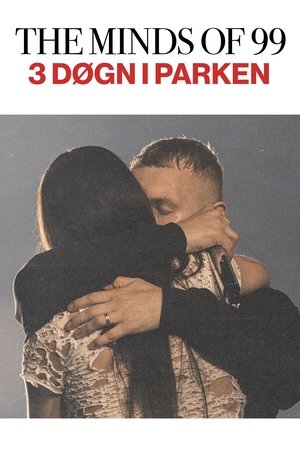 0.0
0.0The Minds Of 99 - Tre Døgn i Parken(da)
THE MINDS OF 99 – THREE DAYS IN THE PARK is a concert documentary film that follows the band and the individual members in the period leading up to, during, and after the magical weekend in the Park. Through a compilation of more than 300 hours of material, the audience is taken behind the scenes and gets up close to the band and the pressures and dilemmas, thoughts and emotions they encounter on the journey to the three critically acclaimed stadium concerts.
 5.5
5.5The Incoherents(en)
Four forty-somethings each mired in some sort of mid life malaise reunite their 90's indie rock band.
 10.0
10.0The Demojordan(en)
A frightening creature from unknown depths rises to attack a lone teenager.
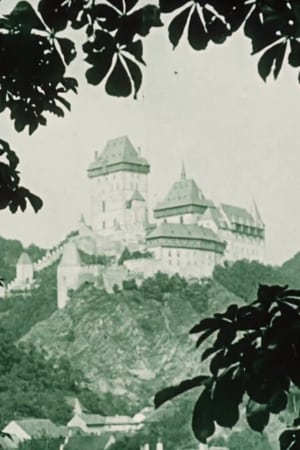 5.5
5.5Czech Castles and Palaces(cs)
The film begins with shots of the castles of Bezděz, Točník and Karlštejn. In a restaurant at Karlštejn the guests remind Hašler that he is performing at the Varieté club. Hašler misses the train so he starts walking along the main road in the hope of getting a lift. In despair he forces a car to stop and makes the chauffeur to drive backwards to Prague. They stop at the wharf but, because he misses the steamboat , he uses a motorboat. The rest of the journey is spent on a tram. Hašler then quickly changes his clothes in his flat he reaches the Varieté club across the rooftops.
Similar Movies
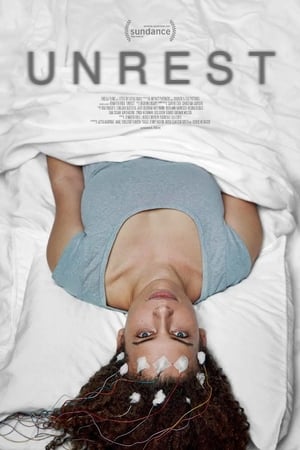 7.1
7.1Unrest(en)
When Harvard PhD student Jennifer Brea is struck down at 28 by a fever that leaves her bedridden, doctors tell her it’s "all in her head." Determined to live, she sets out on a virtual journey to document her story—and four other families' stories—fighting a disease medicine forgot.
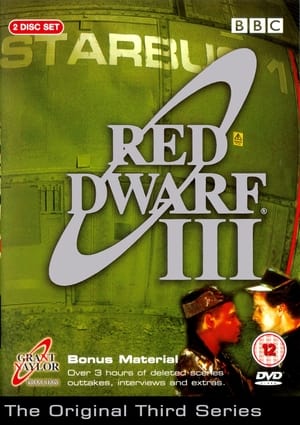 7.7
7.7Red Dwarf: All Change - Series III(en)
A documentary about the third series of Red Dwarf (1988).
 0.0
0.0Bob Newhart: A Legacy of Laughter(en)
Nischelle Turner hosts a tribute to the late comic with a look back at his 70-year career, featuring never-before-seen interviews and his final interview from his home in Los Angeles.
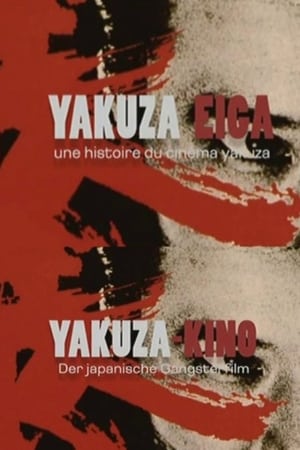 7.0
7.0Yakuza Eiga, une histoire du cinéma yakuza(fr)
The history of the Yakuza Eiga at the TOEI studio is roughly outlined. Real Yakuza and also their connections to the movie business are discussed, and many important actors and directors of the genres are interviewed. Former real yakuza boss turned actor Noboru Ando, Takashi Miike, Sonny Chiba and many more get a chance to speak.
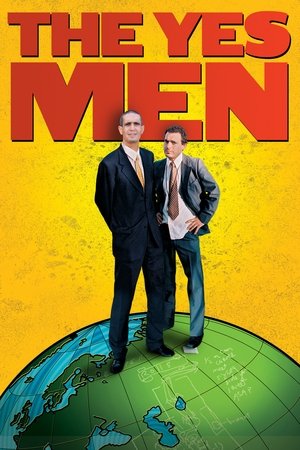 7.0
7.0The Yes Men(en)
A comic, biting and revelatory documentary following a small group of prankster activists as they gain worldwide notoriety for impersonating the World Trade Organization (WTO) on television and at business conferences around the world.
 8.0
8.0Free from... Are Substitute Foods the Better Alternative?(de)
For more and more people, food not only has to be tasty and healthy, but also good for the climate. Five alternatives to classic foods are being put to the test. Can they meaningfully supplement our diet? This documentary goes in search of answers with the vegan star chef Ricky Saward and health experts Irina Blumenstein, Sandra Ulrich-Rückert and Margareta Büning-Fesel.
 0.0
0.0Neukölln Spiderman(tr)
Facing the risk of deportation from Germany, Altay learns that he must present a valid reason to the immigration office to stay. On his way home, he encounters a man wearing a Spider-Man mask and, curious about his valid reason, conducts a brief interview. During their conversation, Altay realizes that a series of encounters has been helping him make sense of his recent anxieties. Inspired by this, he begins recording conversations with people who share a similar sense of delusion and brings strangers into organic dialogues. Through a blend of fiction, documentary, and animation, the film explores ...
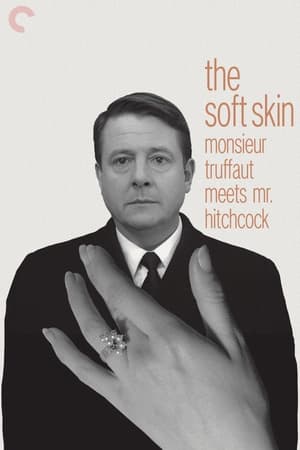 6.5
6.5Monsieur Truffaut Meets Mr. Hitchcock(en)
When Francois Truffaut approached Alfred Hitchcock in 1962 with the idea of having a long conversation with him about his work and publishing this in book form, he didn't imagine that more than four years would pass before Le Cinéma selon Hitchcock finally appeared in 1966. Not only in France but all over the world, Truffaut's Hitchcock interview developed over the years into a standard bible of film literature. In 1983, three years after Hitchcock's death, Truffaut decided to expand his by now legendary book to include a concluding chapter and have it published as the "Edition définitive". This film describes the genesis of the "Hitchbook" and throws light on the strange friendship between two completely different men. The centrepieces are the extracts from the original sound recordings of the interview with the voices of Alfred Hitchcock, Francois Truffaut, and Helen Scott – recordings which have never been heard in public before.
 7.8
7.8Crownsville Hospital: From Lunacy to Legacy(en)
Crownsville Hospital: From Lunacy to Legacy is a feature-length documentary film highlighting the history of the Crownsville State Mental Hospital in Crownsville, MD.
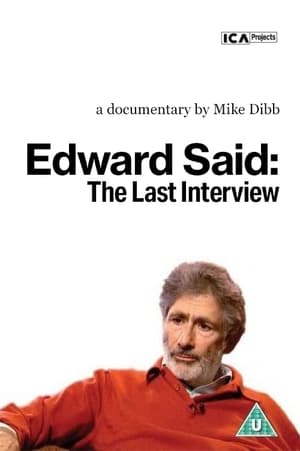 7.0
7.0Edward Said: The Last Interview(en)
Prominent Columbia University English and Comparative Literature professor Edward Said was well known in the United States for his tireless efforts to convey the plight of the Palestinian people, and in this film shot less than a year before his death resulting from incurable leukemia, the author of such books as {-Orientalism}, {-Culture and Imperialism}, and {-Power, Politics, and Culture} discusses with filmmakers his illness, his life, his education, and the continuing turmoil in Palestine. Diagnosed with the disease in 1991, Said struggled with his leukemia throughout the 1990s before refraining from interviews due to his increasingly fragile physical state. This interview was the one sole exception to his staunch "no interview" policy, and provides fascinating insight into the mind of the man who became Western society's most prominent spokesman for the Palestinian cause.
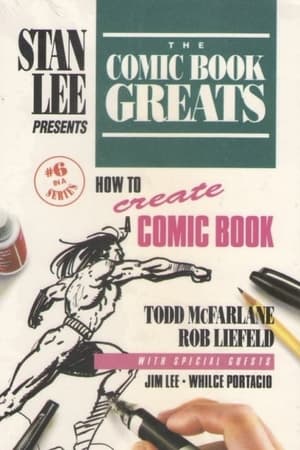 0.0
0.0The Comic Book Greats: How to Create a Comic Book(en)
Todd McFarlane, Rob Liefeld, Jim Lee and Whilce Portacio show Stan Lee how to create a comic book.
 0.0
0.0The Comic Book Greats: Chris Claremont(en)
Stan Lee interviews Chris Claremont
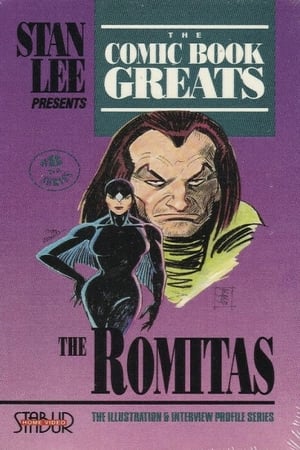 0.0
0.0The Comic Book Greats: The Romitas(en)
Stan Lee interviews John Romita and John Romita Jr.
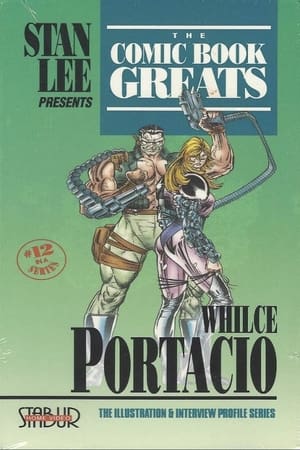 0.0
0.0The Comic Book Greats: Whilce Portacio(en)
Stan Lee interviews Whilce Portacio

